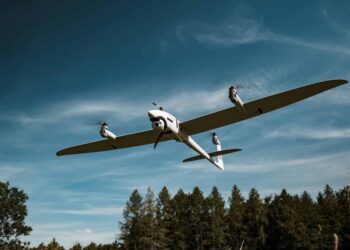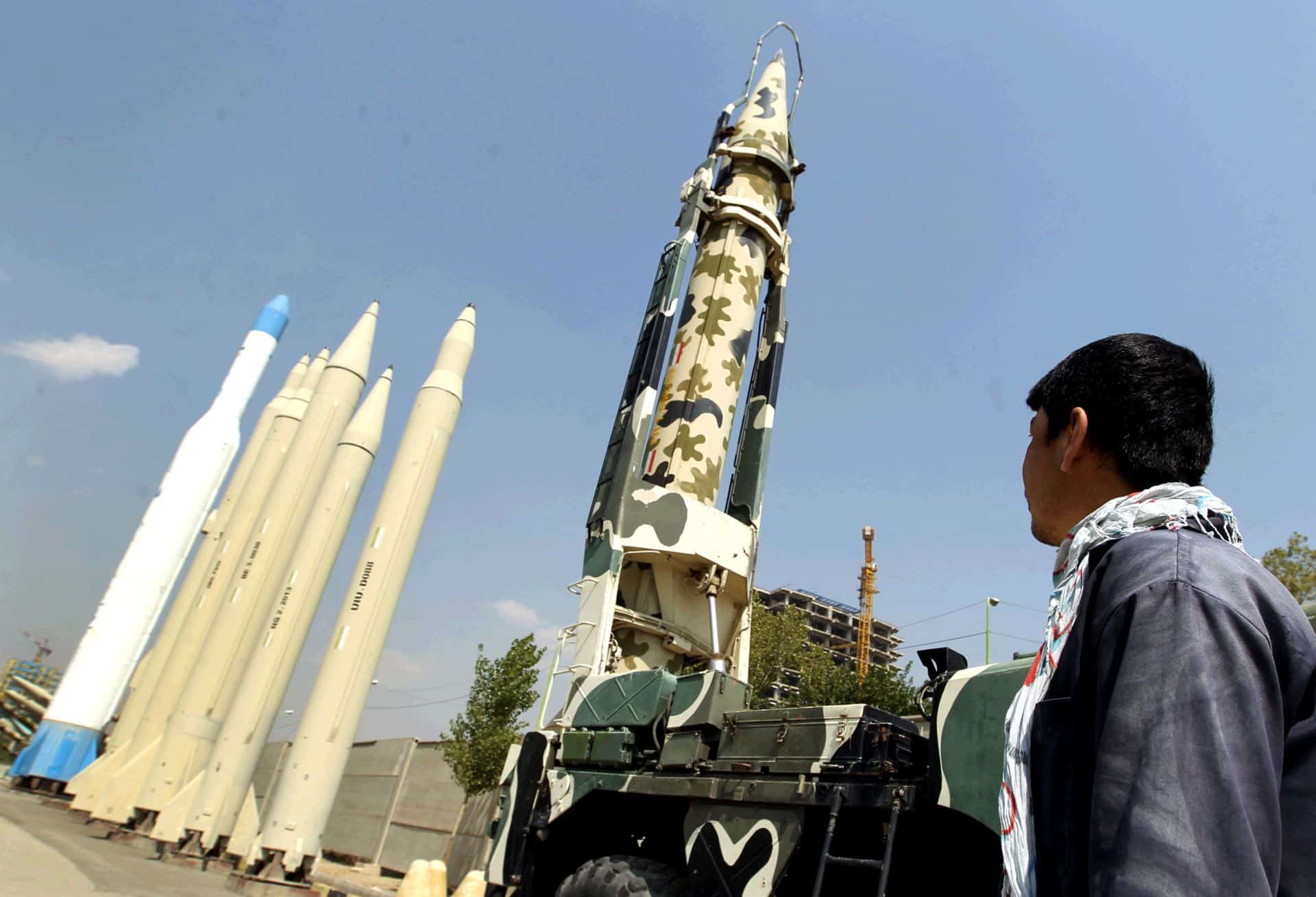Korean Information Service, You could witness the potential of the Korean defense industry, organizers of the Seoul Air Show 2007 said.
The six-day event formally named “the Korean Aerospace and Defense Exhibition 2007” opened early Tuesday (Oct. 16) at a military base in Seongnam, south of Seoul, ending two years of waiting by those with a mania for defense products.
The show will provide them with a chance to learn about what they have seen on the Internet and in magazines.
For defense industry officials in Seongnam, it is a rare opportunity to market all their products in one shot.
“For more than 20 years, ships, automobiles, and information technology products have been Korea's major export items. But from now on, the defense industry will emerge as our main export field,” said Yoon Cha-young, executive director of the Korea Aerospace Industries Association.
“This year's event will serve as a turning point for Korea's efforts to export its advanced weapons.”
After cutting its teeth on imported weapons and technology transfer for decades, Korea is establishing itself as a dark horse in the global defense industry.
Major export items are the T-50 Golden Eagle supersonic trainer jet, the KT-1 Woongbi basic trainer plane, the XK-2 tank, the K-9 self-propelled howitzer, and the Cheonma self-propelled surface-to-air missile.
“We expect more than $500 million worth of export contracts during the air show,” added Yoon, who also serves as co-chairman of the air show, officially named “Korea Aerospace & Defense Exhibition 2007.”
The biennial event attracts 256 defense firms from 25 nations, 70 percent of which are from abroad.
Yoon said the Seoul air show has become one of the largest defense fairs in Asia.
Foreign journalists agree. “Yes, the Korean air show is a very big and important event, perhaps on par with the Tokyo air show. That is why I came here to cover it,” said Sharul Nizal, associate editor of Asian Defense Journal, based in Malaysia.
What makes this year's event, the sixth of its kind, even more special is that the Korean Air Force's Black Eagle aerobatic squad, born in 1994, will give its last performance at the exhibition.
A team of six A-37 jets flew in formation over a crowd of hundreds during a rehearsal on Monday, which was open to the media.
The squad is to perform for President Roh Moo-hyun and scores of senior foreign military and defense industry officials on opening day.
Embroidering the sky with fuming, colorful smoke, the planes made artistic turns, sharp vertical ascents, and flew upside down.
The Black Eagle squad will become history with the end of the air show. The Air Force has decided to dispose of the old A-37, and plans to launch a new aerobatic team in 2009, featuring the cutting-edge T-50 supersonic jet.
The T-50, developed in 2005, boasts a maximum speed of 1,800 km per hour and fighter-style systems and performance, as well as slow and low-flying capability. Each jet is priced at $20 million.
Also to be also displayed at the air show are F-15C and F-16C fighter jets and an A-10 anti-tank aircraft of the U.S., an AH-64 Apache chopper, a K-135 tanker, and South Korea's F-15K and KF-16.
Disappointing many viewers, however, Lockheed Martin will not show its Raptor or F-35 Joint Strike Fighter. Instead, a mock-up of the F-35 will be on display, reflecting Lockheed's push for sales to Korea.
Seoul prefers the F-22 stealth jet, but the U.S. export of the jet is outlawed for the protection of related technology.
Germany says adding explosive drones to weapons arsenal
Germany said Friday it would buy explosive drones for the first time as Berlin boosts investments in its armed forces...









